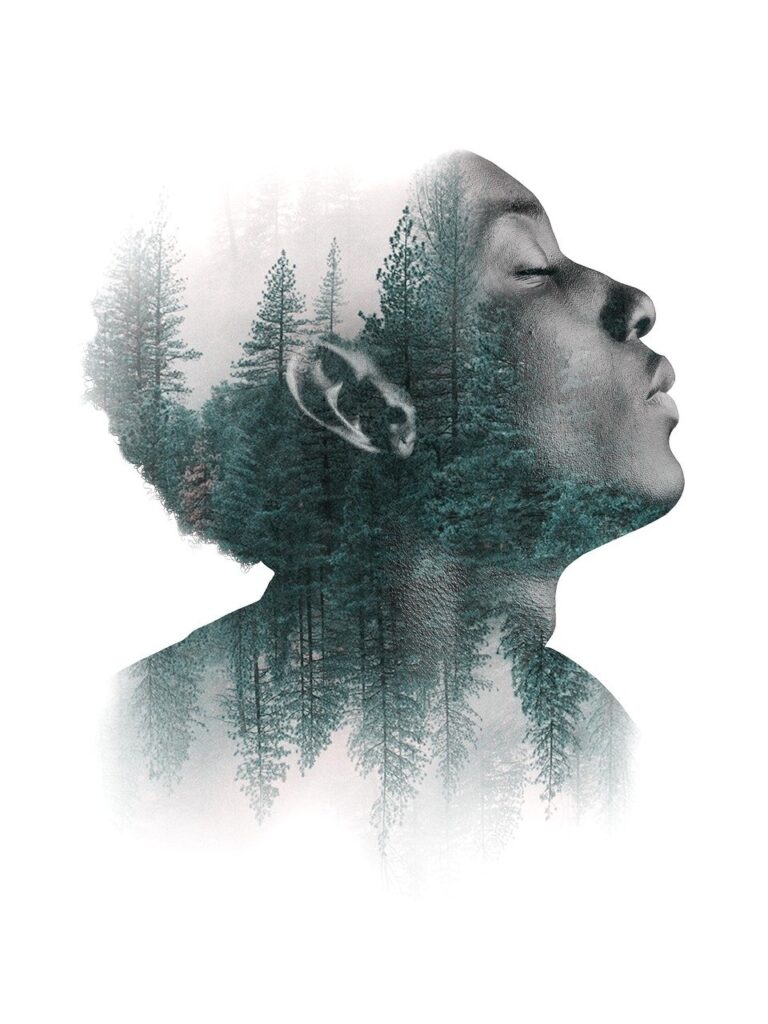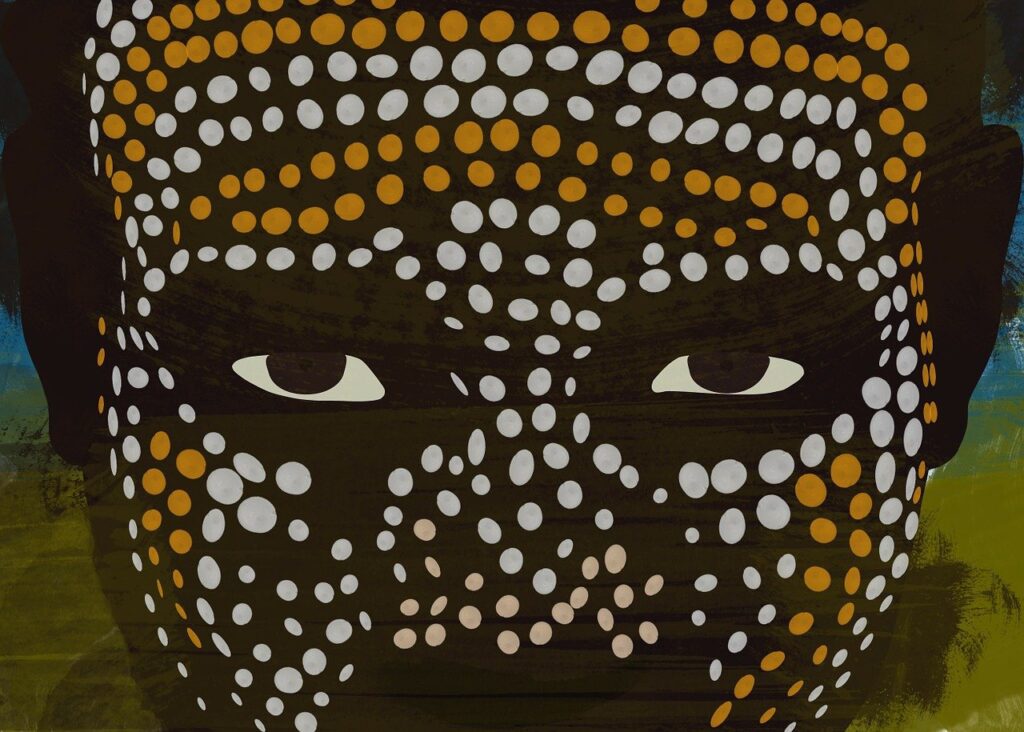The Art of Storytelling: Visual Art
As an artist, I often find myself torn between the urge to create something visually pleasing and the desire to convey a deep and meaningful message. But who needs meaning when you have a pretty picture, am I right? Just jokes. As much as I love creating art for art’s sake, there’s something undeniably powerful about a piece that tells a story. And no, I’m not talking about the last supper painting on your aunties living room wall. I’m talking about art that tells a story so compelling it draws you in and makes you feel something. So, how do artists achieve this level of storytelling in their work? Well, it’s not just about slapping some paint on a canvas and calling it a day. It requires careful consideration of techniques like symbolism, composition, and colour, as well as an understanding of the importance of context and audience interpretation. Take for example the works of Gustav Klimt, whose use of symbolism in his paintings like “The Kiss” convey complex ideas about love, intimacy, and desire. Or the work of Frida Kahlo, whose self-portraits reveal intimate details of her personal life and struggles. These artists use their work to tell stories that resonate with their viewers on a deeply emotional level. These two artists I love and I can at times become lost in examining their works for hours. Art enthusiasts can purchase prints and other art-related products featuring these artists’ works, including books that delve deeper into their lives and artwork. One book that I highly recommend for aspiring artists interested in incorporating storytelling into their work is “The Art of Storytelling” by John D. Walsh. This comprehensive guide provides practical advice and exercises for using visual art to tell stories and convey deeper meanings But storytelling through visual art isn’t just for the famous artists of the past. There are many contemporary artists who excel in this area as well, such as Kara Walker, who uses silhouettes to explore themes of race and identity, and Kerry James Marshall, whose bold and colourful paintings often depict scenes from African-American history. Just thinking about these two artists gives me goosebumps, their work is so impactful. So what I gage from these amazing creators is this: don’t be afraid to dig deep and tap into your own experiences and emotions. Experimenting with different techniques to find what works best for you is probably the key to this end. And most importantly, not forgetting the power of a good story. Because, after all, isn’t that what art is all about. Aspiring artists looking to incorporate storytelling into their work can take inspiration from these masters. You can use symbolism, composition, and colour to enhance your narrative and create a deeper meaning. Remembering that context and audience interpretation are important factors in how your work will be received, so it’s important to take the time to consider these elements. Products like Adobe Creative Suite can be used to perfect these techniques, allowing artists to create stunning works of art that tell a story. In conclusion, storytelling through visual art is a powerful and timeless form of expression. By understanding the techniques and examples of those who came before us, we can learn to create our own narratives that will resonate with audiences for years to come. Aspiring artists can learn from the techniques and examples of those who came before them and by mastering these techniques, artists can create stunning works of art that tell powerful stories and connect with audiences. So go forth, aspiring artists, and tell your stories through your art! Visit my blog to learn more about the techniques of visual art and how to incorporate storytelling into your work. Peace EA


